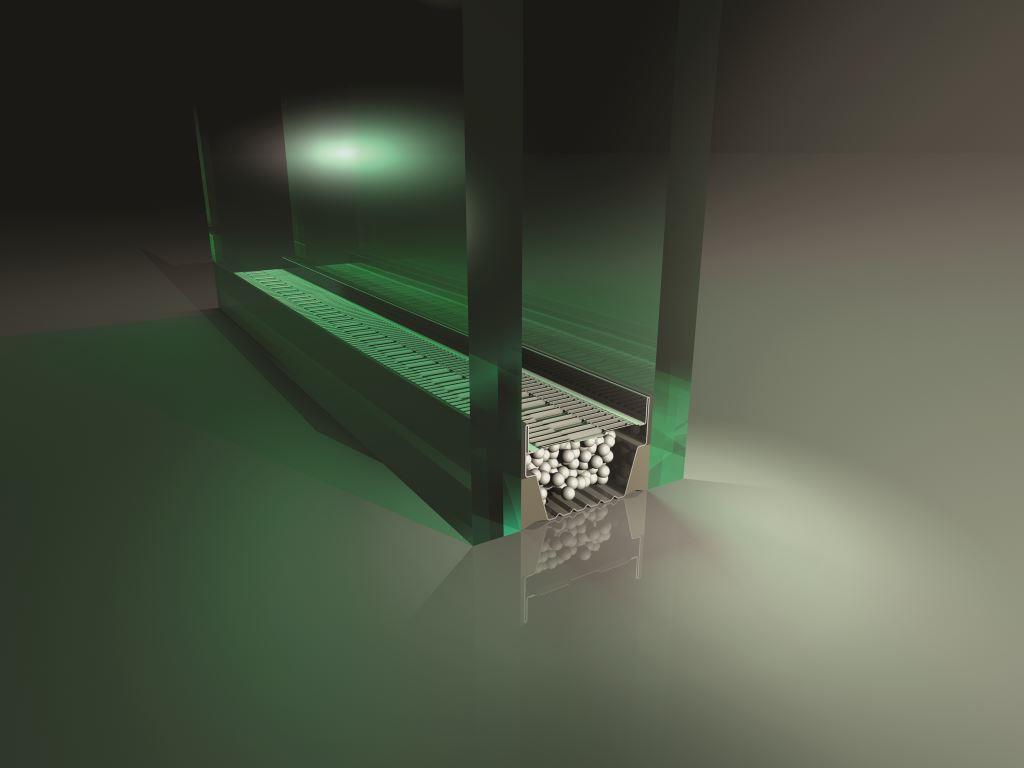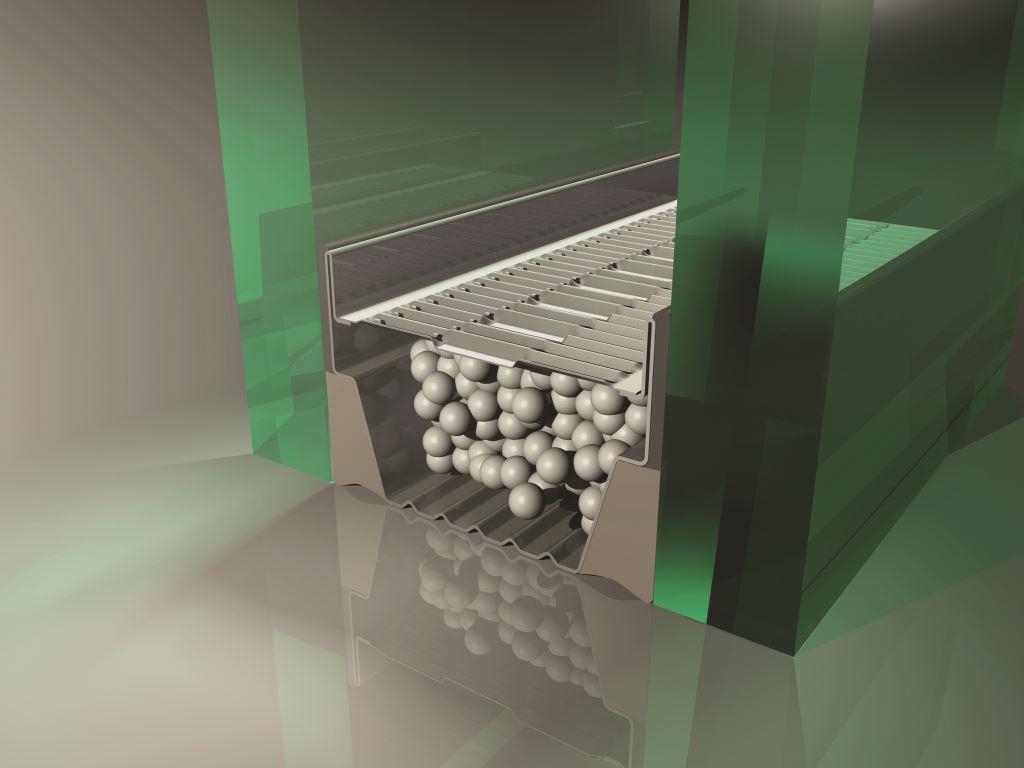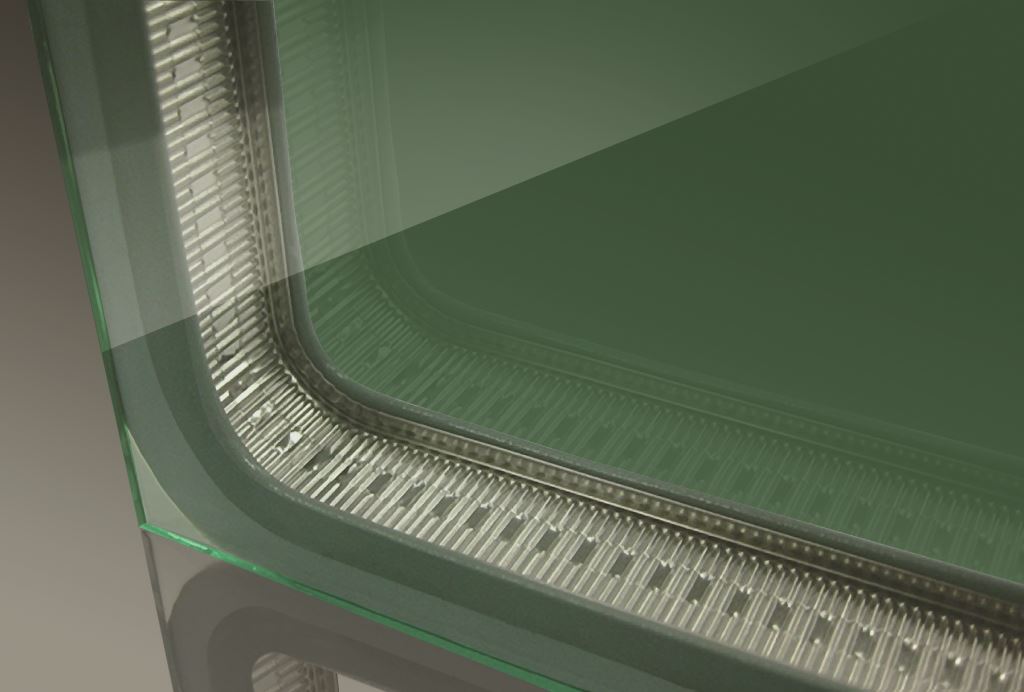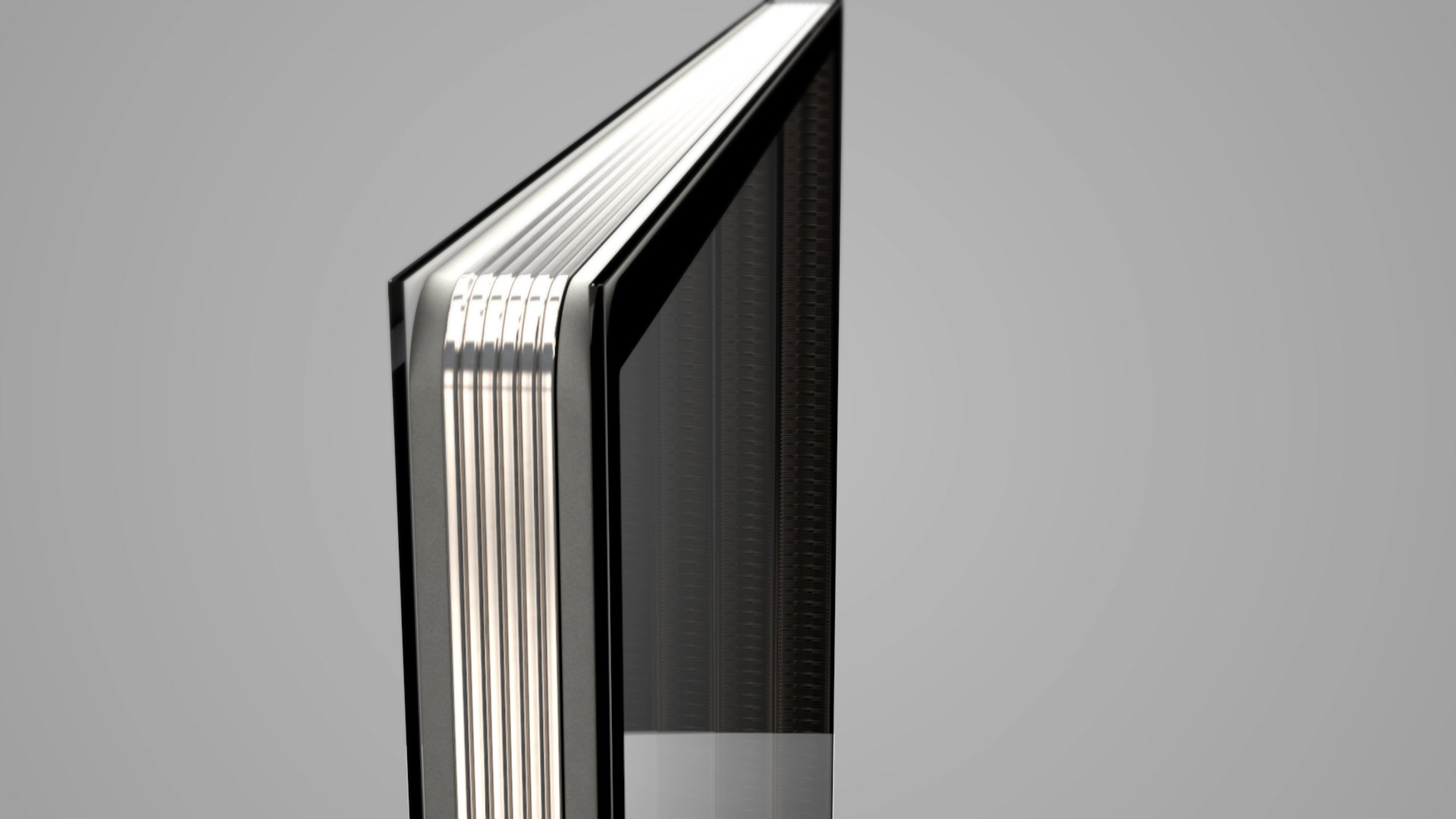 Products are the most reliable IGU’s in the country
Products are the most reliable IGU’s in the country
As insulated glass technology continues to advance, only a select few glass manufacturers keep up with those advancements. remains at the top of the game with vertical glazing, laser cut radius and shapes, and dual seal stainless steel full perimeter spacers with no corner keys. They set the standard in quality and innovation to bring you the best IGU in the country. Robotic assembled vertical glazing ensures no sag or muntin contact with the glass. It means a perfect unit every time. One Source Glass is extremely proud to be an Authorized Dealer of
, providing you with the best-insulated glass product in the country, hands down!
- 20-Year Seal Warranty
- 100’s of Muntin Bar Colors
- Flat Muntin Bars – 5/8″ to 1″
- Contoured Muntin Bars 11/16″ to 1″
- No Corner Keys!
- Dual Perimeter Seal
- Compressed Polyisobutylene (PIB)
- Silicone Seal
- Stainless XL Edge Spacer
FACTORS THAT AFFECT THE PERFORMANCE OF INSULATED GLASS
Not all insulated glass units are created equal. One Source Glass is proud to be your local authorized distributor for . We provide our dealers with the best-insulated glass products in the country. When your next job requires insulated glass consider these factors first:
- Primary Seal – Polyisobutylene (PIB) minimizes moisture permeation, is UV resistant and provides an outstanding argon barrier.
- Secondary Seal – Specially formulated silicone for IG units provides long-term adhesion, is unaffected by UV exposure and provides excellent durability when exposed to moisture. Silicone also provides structural integrity.
- Spacer – Stainless steel spacer features a roll form design to provide maximum area for primary and secondary sealant coverage. It provides increased resistance to condensation and less stress on IG seal system. No polymer content eliminates the risk of chemical fogging.
- Desiccants – Beaded molecular sieve provides initial frost points below -65°F. Desiccant assures optimum moisture adsorption while minimizing the effects of temperature-related pressure changes.
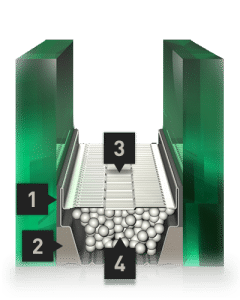
NFRC Ratings Explained
When shopping for new windows for your home or office you need to pay close attention to the NFRC Window Energy Ratings shown on the label. The NFRC, or National Fenestration Rating Council, is the group that conducts testing of glass windows to determine their efficiency. This is a requirement by window manufacturers in order that they can apply the Energy Star® label on their windows.
What is a Fenestration Rating?
You are more than likely wondering about the meaning of the word Fenestration? The term refers to any opening in the wall of a building including your personal home. Fenestration Ratings cover windows, skylights, and all doors. Basically any entry point into the building for light, access, or ventilation. Oddly enough, the word Fenestration is derived from the Latin word “Fenestra” which means “windows.”
What info is on an NFRC Label?
All NFRC Window Energy Ratings labels contain performance ratings for new windows. The information featured on the label includes the U-Factor, the Solar Head Gain Coefficient, Visible Transmittance, and Air Leakage ratings for the window itself.

What is the U-Factor?
The U-Factor rating as noted on the NFRC label refers to the measurement of how well the window or door in question will prevent heat from escaping from your home or office. NFRC U-Factor ratings for today’s windows are generally in the range of 0.15 to 1.2. The lower the number, the better the rating, and greater resistance to the transfer of heat.
What is the Solar Heat Gain Coefficient?
The Solar Heat Gain Coefficient or SHGC is the measurement of how much heat the window blocks from the sun. If you reside in a warm, southern climate such as Florida you will be more concerned with a low SHGC rating. If your home is located in Naperville Illinois or other northern climates, you may want a higher SHGC rating to take full advantage of the heat from the sun in those cold winter months.
What is Visible Transmittance?
Visible Transmittance (VT or VLT) is the measurement of how much light will pass through your windows and skylights. The VT rating scale ranges from 0 to 1. A window with a higher VT rating on the NFRC Window Energy Ratings label will allow more light will shine through.
What is a Window Air Leakage Rating?
The Air Leakage Rating as specified on the NFRC Window Energy Ratings label refers to the amount of outside air that can enter your home through your windows, doors, and skylights. Air Leakage Ratings generally fall between 0.1 and 0.3 for most windows. A lower number on the scale depicts better window performance.

